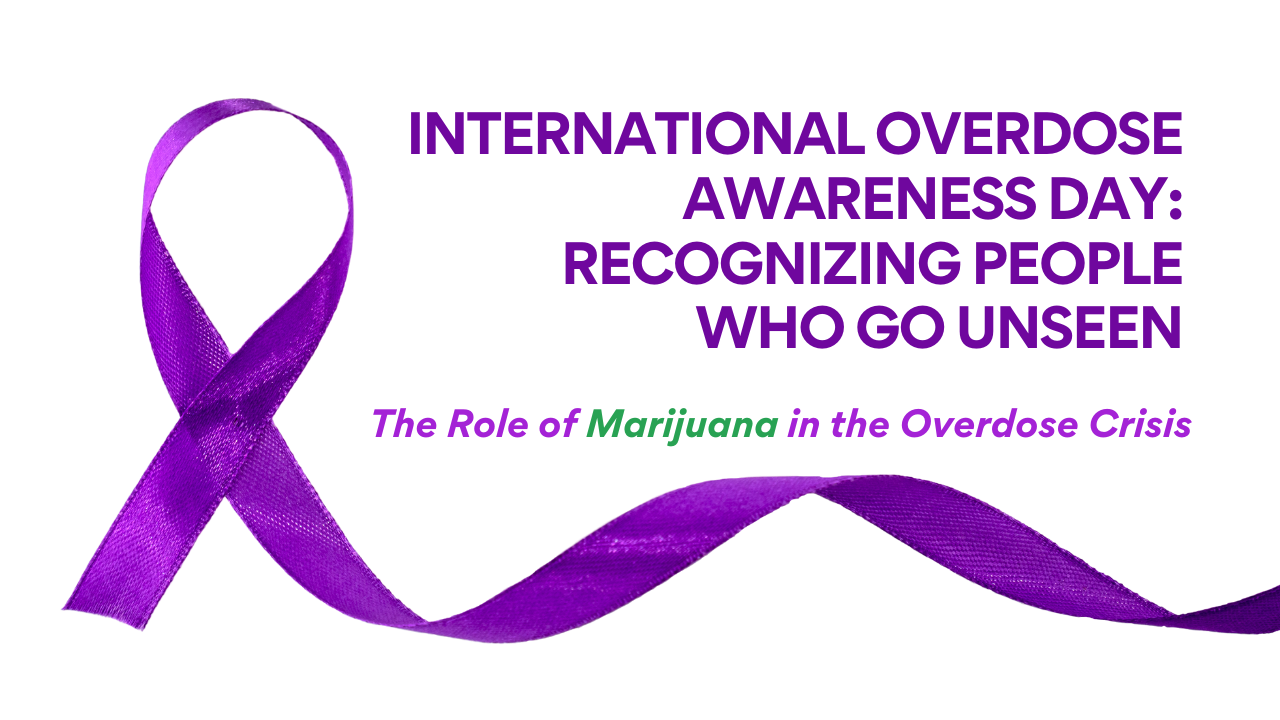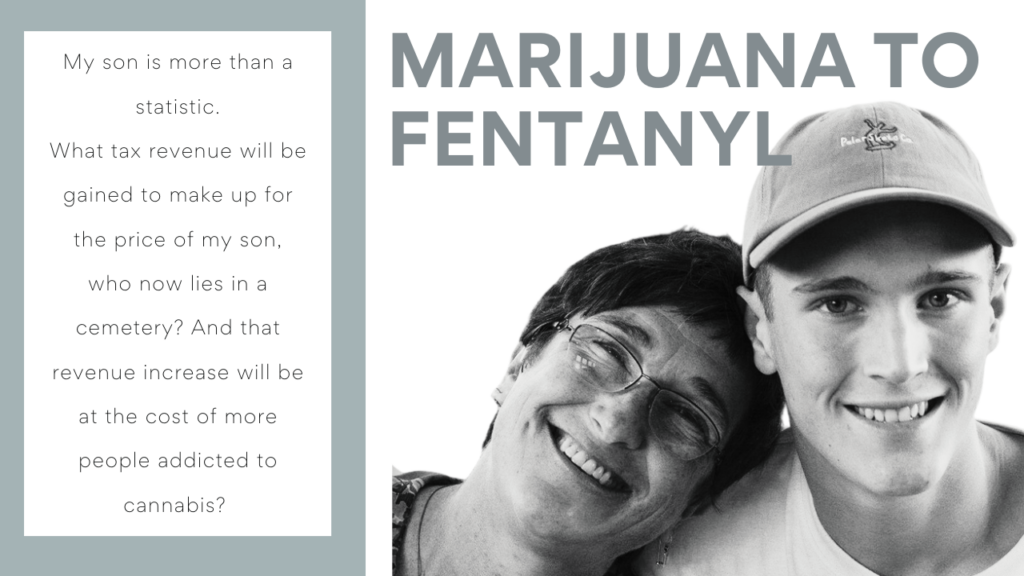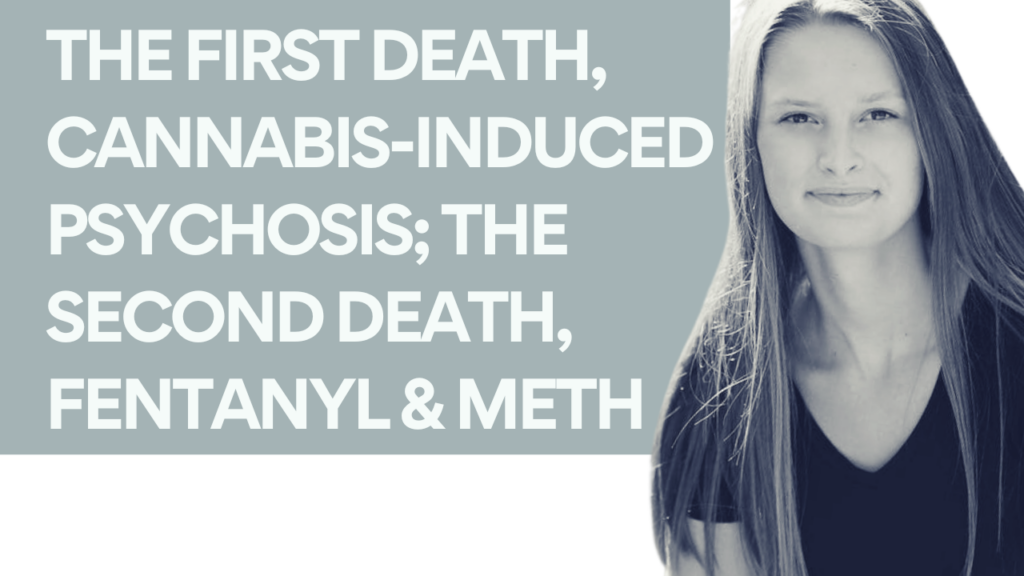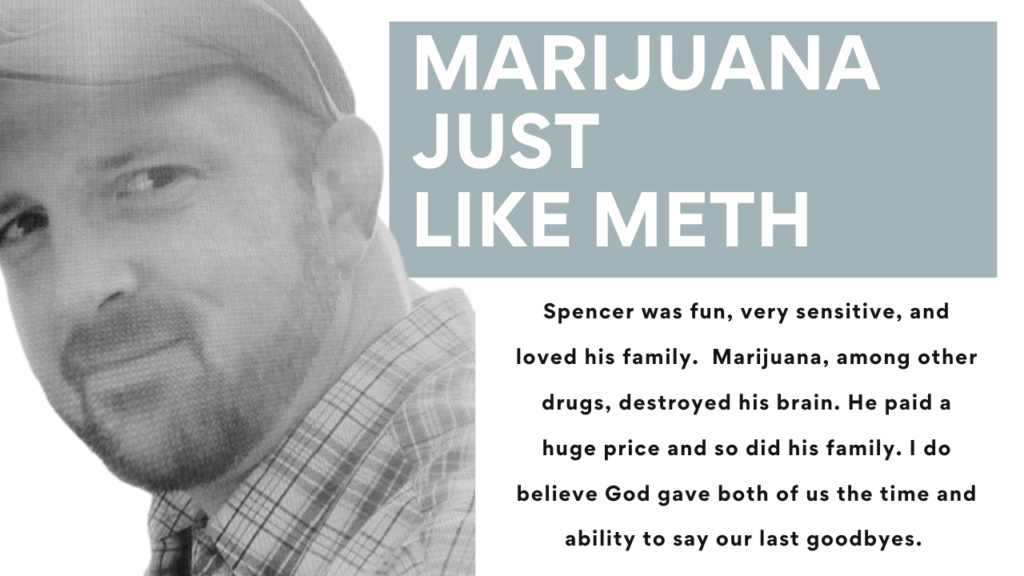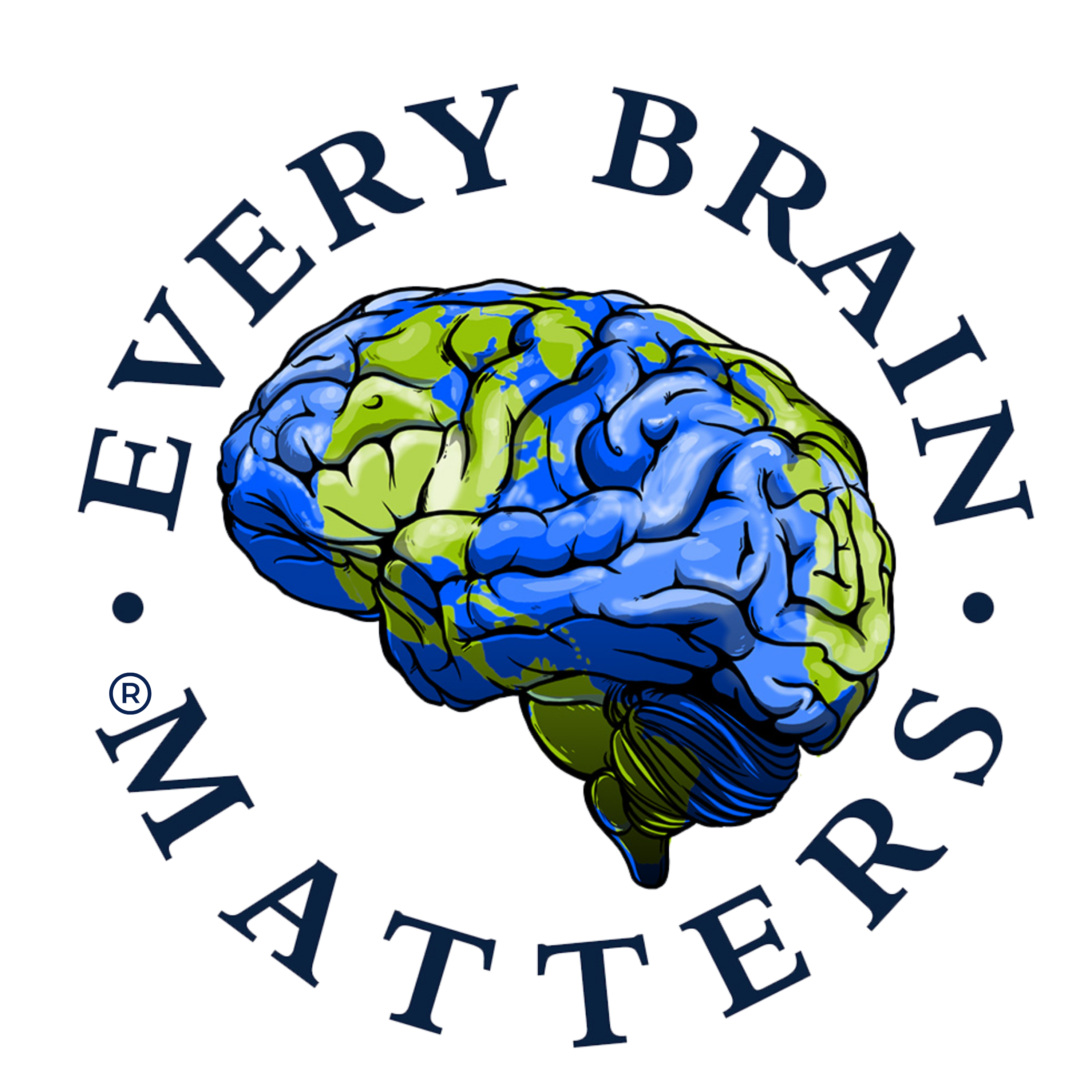Posted on August 31, 2023 View all news
“It matters because everyone who dies of an overdose is someone’s child, sibling, parent, sibling, aunt, cousin, or friend, and they all had gifts they could have shared with the world…” ~ Maia Szalavitz, Investigative Journalist
Every August 31st since 2001, people around the world observe International Overdose Awareness Day. It is a time to remember and honor the memories of those who have died from a drug overdose, acknowledge the grief of the families and friends they left behind, and, most importantly, raise awareness, spark discussion, and stimulate action to end the global overdose crisis.
The theme of IOAD 2023 is “Recognizing People Who Go Unseen”
The World’s Largest Campaign to Prevent Overdoses
“The whole purpose is to bring a face to the tragedy of overdoses. “It is happening more and more every day, not only in our community but throughout our nation and throughout the world. We want people to know that this is something that can be dealt with and there are a lot of resources that the community can do immediately…” ~ Donald Mareno, Fire Chief for Schenectady, New York, on the city’s overdose epidemic
The goals of International Overdose Awareness Day are to:
- Inform people around the world about the very real risk of overdose – fatal and nonfatal.
- Allow people to publicly mourn their loved ones in a safe place without guilt, shame, or exclusion.
- Send a strong positive message to people who use/formerly used drugs that they are valued.
- Stimulate open discussions about overdose prevention strategies.
- Provide basic information about available support services.
- Prevent and reduce the harms of drug use by supporting evidence-based policies and practices.
Overdoses in America, By the Numbers
Every year sets a heartbreaking new record for the number of overdose deaths. But to really give perspective to this national tragedy, take a look at these statistics:
Drug Deaths in the United States, By Year
- 1999: 16,849
- 2000: 17,415
- 2001: 19,394
- 2002: 23,514
- 2003: 25,785
- 2004: 27,424
- 2005: 29,813
- 2006: 34,425
- 2007: 36,010
- 2008: 36,450
- 2009: 37,004
- 2010: 38,329
- 2011: 41,340
- 2012: 41,502
- 2013: 43,982
- 2014: 47,055
- 2015: 52,404
- 2016: 63,632
- 2017: 70,237
- 2018: 67,367
- 2019: 70,630
- 2020: 93,655
- 2021: 109,179
- 2022: 109,680
- Total: 1,116,625
In a little more than one generation, drug overdose deaths rose an astronomical 651%.
For more perspective, compare that to these American combat deaths:
- World War I: 116,708
- Russian Civil War: 424
- World War II: 407,300
- Korean War: 36,574
- Bay of Pigs Invasion: 4
- Vietnam War: 58,318
- Korean DMZ Conflict: 43
- Dominican Civil War: 44
- Invasion of Grenada: 19
- 1986 Bombing of Libya: 2
- Invasion of Panama: 23
- Gulf War: 292
- Iraqi No-Fly Zones: 45
- First Intervention in Somali Civil War: 43
- Intervention in Haiti: 1
- Kosovo War: 2
- War in Afghanistan: 2419
- Iraq War: 4496
- War in North-West Pakistan: 15
- Interventions in Iraq, Syria, and Libya: 78
- Total 626,852
That means that in less than 25 years, drugs have killed more Americans than over a hundred years’ worth of armed conflicts.
The Role of Marijuana in the Overdose Crisis
“…one drug affects the circuitry of the brain in a manner that potentiates the effects of a subsequent drug.” ~ Drs. Eric Kandel, M.D. and Denise Kandel, Ph.D.
The vast majority of fatal overdoses involve opioids such as prescription painkillers, heroin, and especially fentanyl, the “deadliest drug in America”. In fact, fentanyl poisoning is now the leading cause of death among people 18 to 45.
But the stories behind those tragic deaths typically did not start with fentanyl, heroin, OxyContin, Xanax, Valium, cocaine, or methamphetamine. Almost invariably, they began with perfectly legal drugs – cigarettes, alcohol, and marijuana.
For example, did you know that compared to a nonuser, someone who uses marijuana is up to 104 times more likely to use cocaine?
There is ample evidence that expanded marijuana legalization is making the opioid epidemic worse:
- Among young adults, marijuana use is associated with a risk of prescription medication abuse that is two and a half times greater.
- Specifically, marijuana users are six times more likely to misuse painkillers.
- 80% of people who use heroin started by misusing their prescription opioids.
- Marijuana use as a teenager is the most accurate predictor of Opioid Use Disorder as an adult.
Finally, among people in treatment for OUD, cannabis use worsens cravings and doubles the risks of an opioid relapse.
Preventing Overdoses Means Preventing Drug Use
Back in 2016, Dr. Robert DuPont, M.D., the first Director of the National Institute on Drug Abuse, predicted, “Establishing (cannabis) as a third legal drug, along with tobacco and alcohol, will increase drug abuse, including the expanding opioid epidemic.”
It looks as if Dr. DuPont was right. The largest increases – BY FAR – have been in the last few years, as more states have legalized recreational marijuana.
While it is true that there have been over 1.1 MILLION fatal overdoses in America since 1999, that does not tell the whole story. The majority of those deaths – 61% – have occurred since the first recreational marijuana was sold in Colorado in 2014.
That means in 7 years with legal recreational marijuana, 55% more people died than in the previous 15 years without it.
There just is no evidence to support the claim that expanded legislation would reverse the trend of the last few years.
Prosecuting people with Substance Use Disorder is not the compassionate answer to the overdose crisis, but neither is enabling addiction by making another mind-altering and addictive drug legal. As a country, we must understand that without some accountability, there is no opportunity for recovery.
To reduce substance use disorder and overdose deaths, the goal should be to make more drug prevention and recovery resources available, instead of making more drugs attractive and available.
********
Every Brain Matters is a nonprofit educational resource with a primary mission of spreading awareness about the very real risks associated with marijuana, expanded legalization and decriminalization, and the promotion and acceptance of drug culture.
EBM counters the false narrative pushed by the Big Cannabis industry with facts, statistics, peer-reviewed scientific data, and the real-life stories of individuals and families whose lives have been impacted by this dangerous drug.
You can help in three important ways:
First, if you learned anything from this article, please spread the word by SHARING it with everyone you know. To stay up-to-date on the latest information, SUBSCRIBE to our newsletter.
Second, reach out to your local politicians and let them know clearly that you do not support legal marijuana, and that you do not want another dangerous and addictive drug in your neighborhood, in your city, in your state, or around your family.
Third, to support our mission, please consider making a tax-deductible donation to our federally-registered nonprofit organization.
SOURCES
A Molecular Basis for Nicotine as a Gateway Drug | NEJM
International Overdose Awareness Day
» Schenectady officials mark overdose awareness day amid city overdose epidemic
What Legal Marijuana REALLY Costs – Every Brain Matters
Is Legal Marijuana Making the Opioid Epidemic Worse? – Every Brain Matters
Cannabis as a Gateway Drug for Opioid Use Disorder – PMC
Understanding Opioid Use Disorder (OUD) using tree-based classifiers – ScienceDirect
